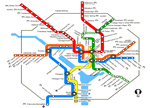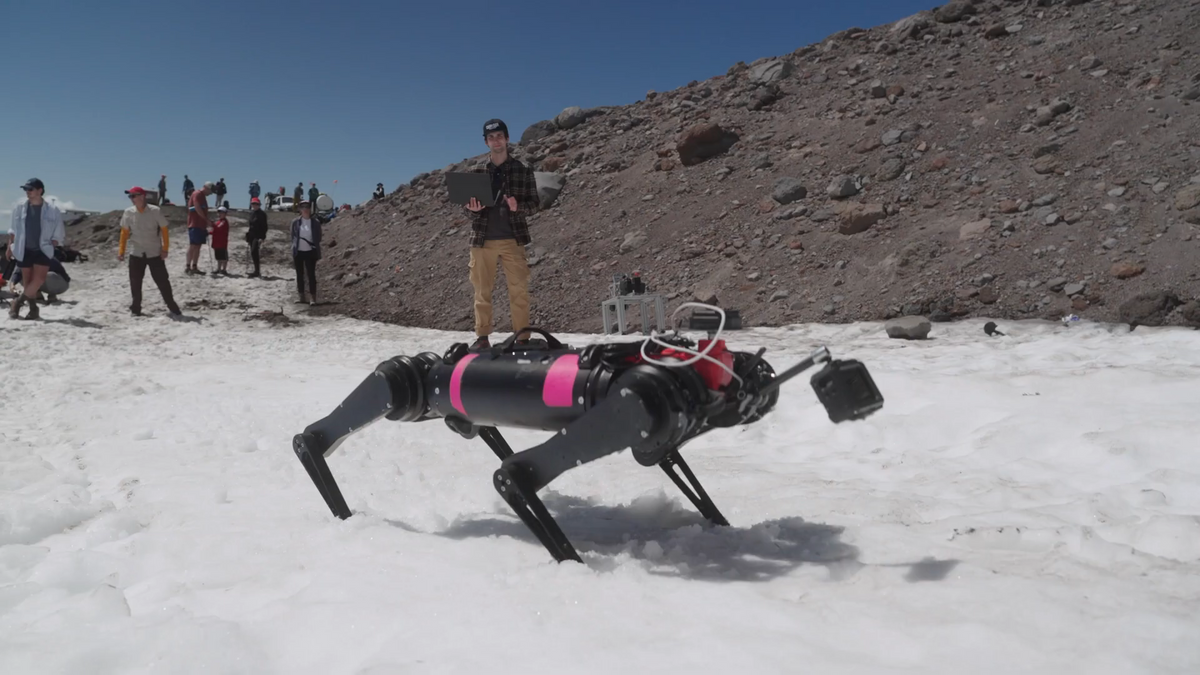There was a story in the Washington Post yesterday on the continuing investigation into the June 22nd deadly collision of two Washington Metropolitan Area Transit Authority (Metro) subway trains. Since the crash, which killed 9 people and injured and additional 80, Metro train drivers have been ordered to operate their trains in manual mode, and the expectation is that it will be quite some time before they are allowed to operate under automatic train control mode again.
The crash investigation has centered on a circuit failure in the Metro systems automatic control system which did not detect a train's presence. The National Transportation Safety Board (NTSB) crash investigation found other circuit failures in the system, as well as revealed a little known incident in March of this year. In this case, a Metro driver was forced to hit his train's emergency brake because he realized he wasn't slowing down as he entered a station. The incident was caused by a single failed relay on a subway car, Metro explained.
The NTSB investigation also highlighted the fact that there is a little known Metro Tri-State Oversight Committee that is supposed to be concerned about Metro safety issues, but as another Post story noted,
"The committee has no direct regulatory authority over safety and cannot order Metro to make changes. It has no employees of its own and no dedicated office, phone or Web site. It borrows space for its monthly meetings, which officials said no member of the public has ever attended."
Makes you wonder why it even exists.
Yesterday's Post story pointed out a particular automation safety design problem in the Metro system. Even though drivers are operating their trains in manual mode because of suspicions concerning the reliability of the automated track control system knowing where trains are, the drivers still depend on the automated track control system to tell them how fast they should go based on where it shows other trains are.
Another worry is that the Metro train driver contract that specify how long drivers need to be at the controls before they can get a break (5 hours and 45 minutes) was based on an implicit assumption that drivers would be operating their trains in mostly automatic mode. Operating all the time in manual mode may increase the fatigue of drivers, leading to additional safety concerns. Metro management says that it isn't worried, since there have been other times that drivers had to use manual mode for extended periods. However, this time looks to be far longer.
Operating in manual mode also increases journey times on the Metro, which, in combination with the after affects of the crash, may partially explain the drop off in its passenger ridership numbers in July.
Robert N. Charette is a Contributing Editor to IEEE Spectrum and an acknowledged international authority on information technology and systems risk management. A self-described “risk ecologist,” he is interested in the intersections of business, political, technological, and societal risks. Charette is an award-winning author of multiple books and numerous articles on the subjects of risk management, project and program management, innovation, and entrepreneurship. A Life Senior Member of the IEEE, Charette was a recipient of the IEEE Computer Society’s Golden Core Award in 2008.


